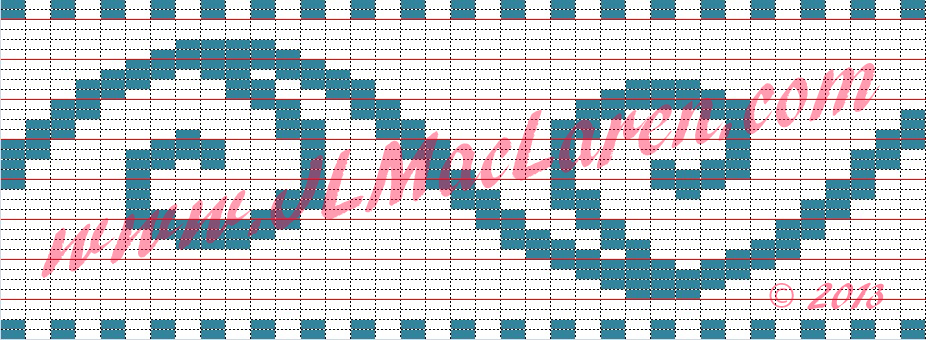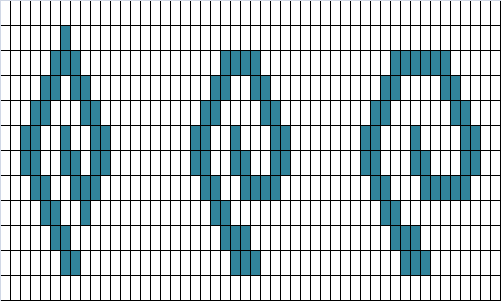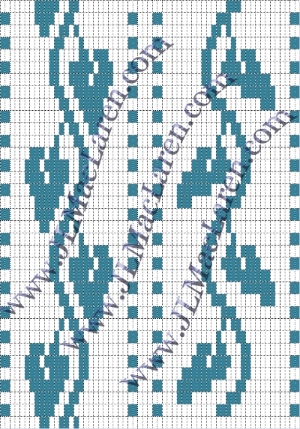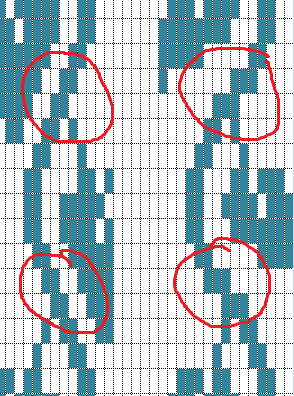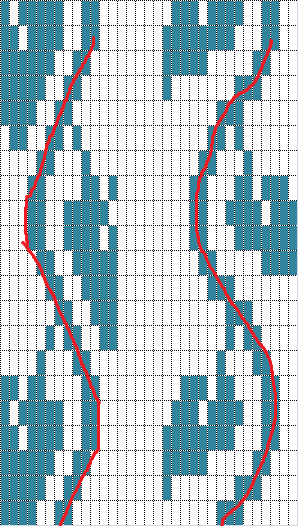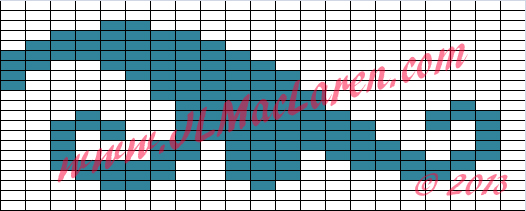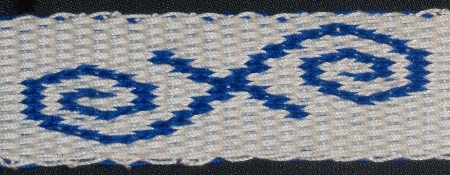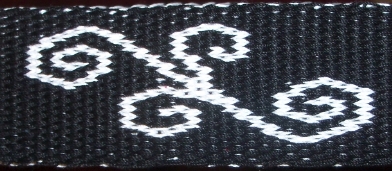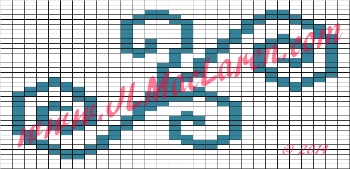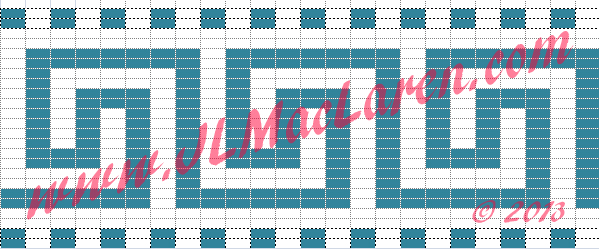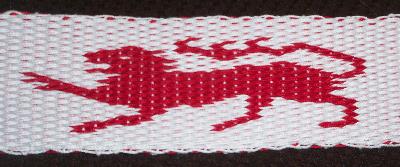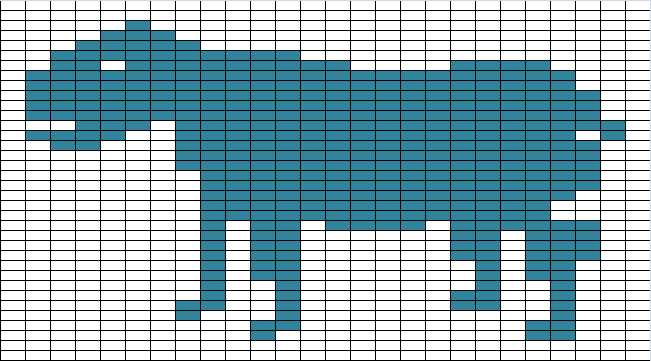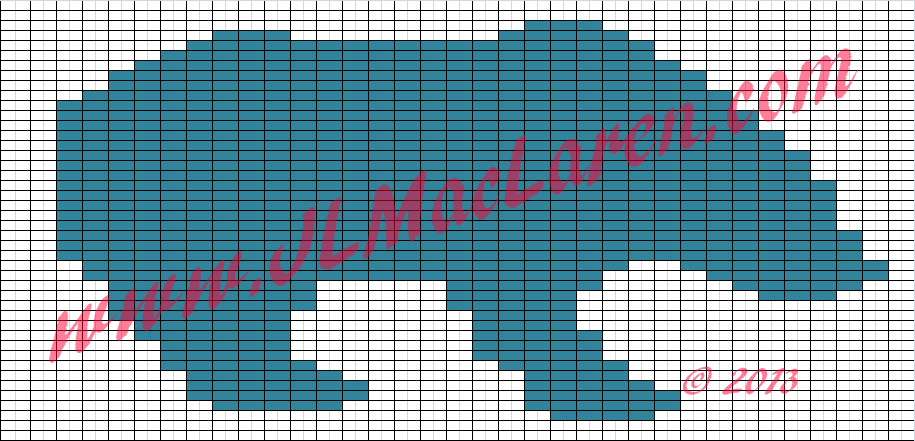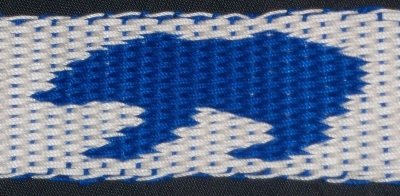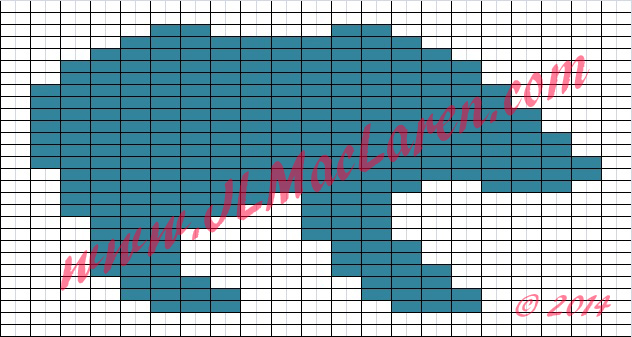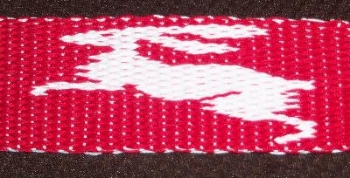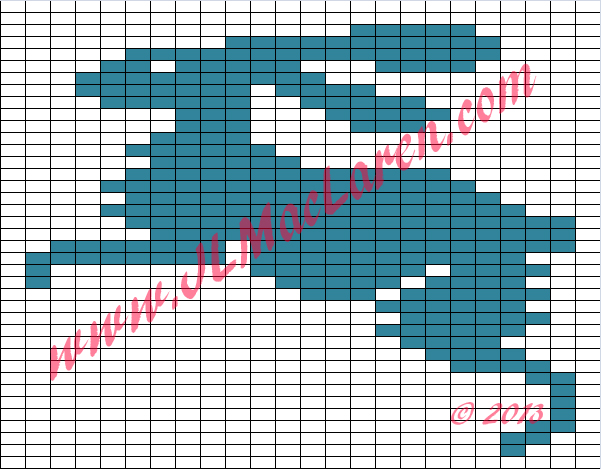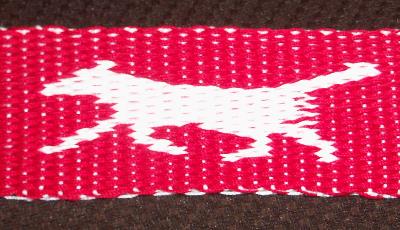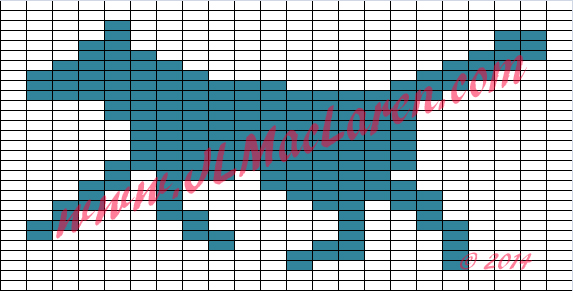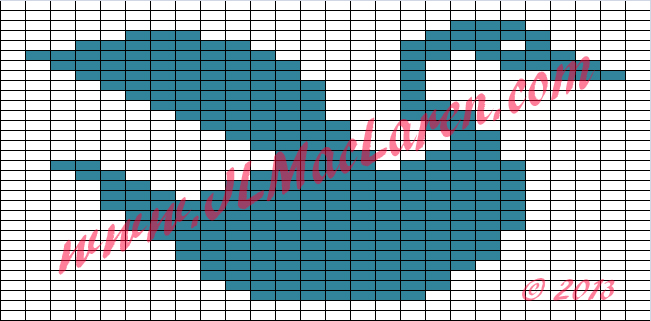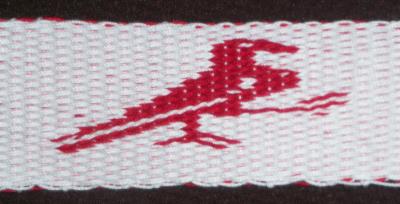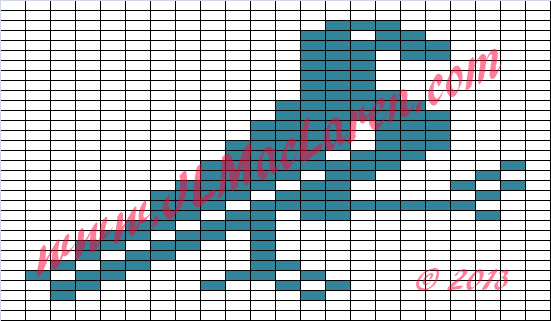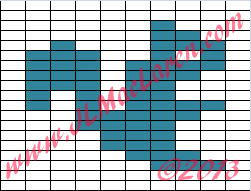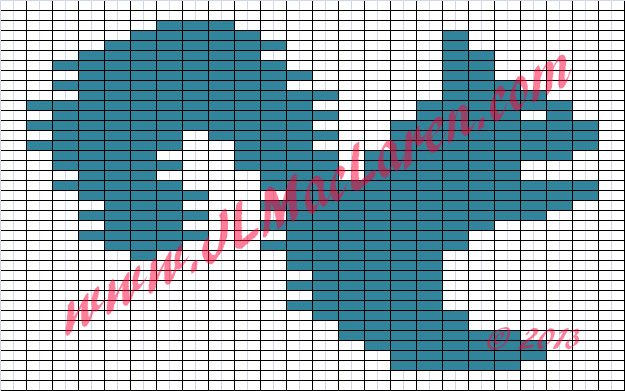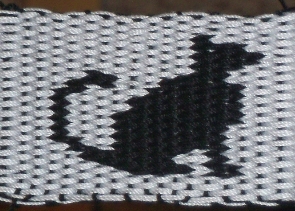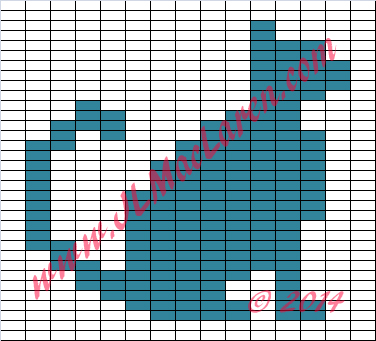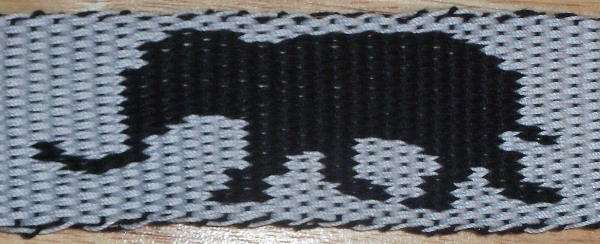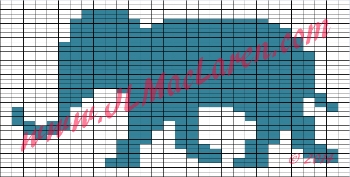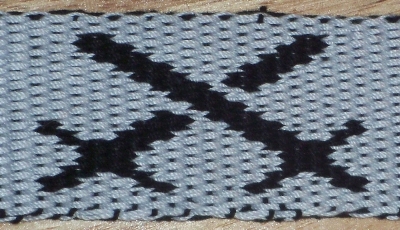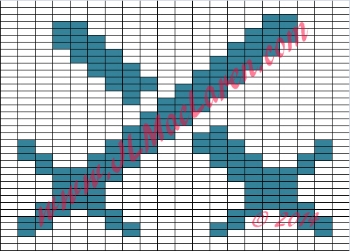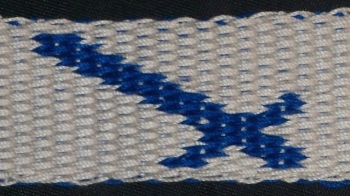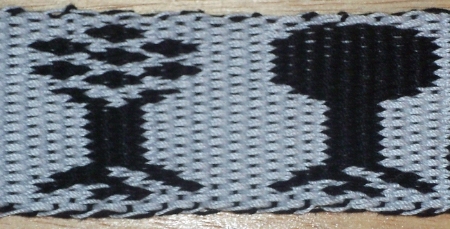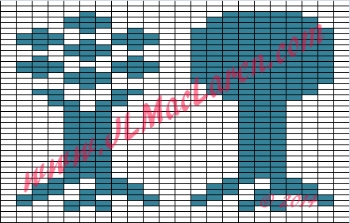String Theory
When I was introduced to the Society for Creative Anachronism, I decided to create a Frankish persona. The garb for a frank is fairly simple. The way to make it stand out is to decorate it with beautiful trim. Like most people, I wanted make trim that was historically accurate. There are very few extant piece of clothing of any kind from this time period and region. So I extended my search to include all forms of Frankish, Merovingian and Carolingian art forms; including stone masonry, glass work, metal work, and illuminated manuscripts. First, I looked for depictions of clothing. Those are also hard to find. I continued to search through everything Frankish to get a general idea of their style in all art forms. I spent several months with my head buried in all things Frankish. Even using my limited knowledge of the German language and Google translate to search through German websites, articles and books. After several mouths of being deep in Frankish culture, the common elements of their designs became so imprinted on my psyche that I would pick apart designs in modern patterns that were Frankish-like. There are a few basic elements that have stuck out to me. One of those being the curling vine. At the time that I was researching heavily, all I knew how to do was embroidery. With the help of graph paper to keep my lines even, I developed a stencil for this design.
I knew that I would have to learn card weaving if I wanted to continue my journey into Frankish garb. This is my first time weaving. I took to it like a duck to water. The first thing I wanted to make was curls. I searched the interweb over and most of what I have found was diamonds, diagonals and limited repeating patterns. While these patterns can be very beautiful they do n’t have the motifs and features I’m looking for, curling vines and leaves. There are a some websites out there with unique and Frankish like patterns. Two of my favorites are: They have some patterns with curves, but even those are not what I had in mind. So I started making my own patterns based on what I believe to represent Frankish art.
My first attempt at pattern making was just getting a curl going. It's thick. The design has been improved but it has not been re-tested. Note: These designs are double face. Each rectangle represents one card and two quarter turns. Curls and Vines Realizing that a simple jog over could make big difference, I began with a slim, basic curl. Then I added a few squares. Up close, it is evident where there is an abrupt shift in the pattern. From a distance, the mind has a way of smoothing out the shifts.
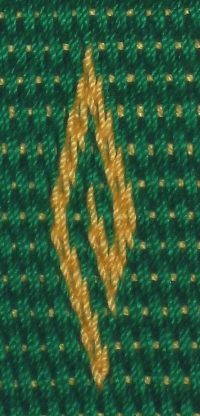 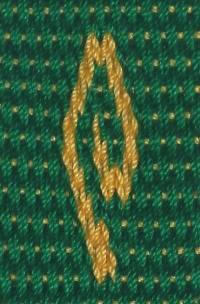 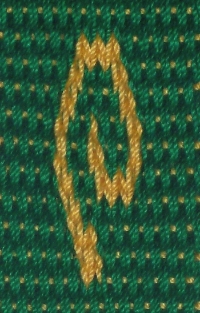
More advanced vine with a curl with back curl. I'm also experimenting with adding color on the sides. Flowers The flower designs Franks use often had 4 pedals. Sometimes they put leaves behind the petals giving it 8 points. I made as many as four leaf ones I could think of one afternoon. Crosses The crosses that the Franks used were the same length on every side. I speculate this may be why they often used flowers with 4 petals. Here is how they might have developed.
Vines with leaves
The difference between the curves is found in two places. A simple addition of an extra card to jog it over slightly gives a curve instead of a bent line.
I have developed leaves that are similar to what is found at the end of curling vines in Frankish illuminations. Larger Smaller Putting several elements together, I came up with this pattern. There many ways to vary the pattern. Use a different flower. Add a few more curls. Knotwork The Franks often used interlace, or knotwork, in their motifs. They were not as elaborate as the ones found in the Celtic and Norse cultures. For knotwork patterns, I have made a tutorial on how to create those patterns for double-face as well as other types of fiber arts. Birds Another feature of Frankish art is the use of birds. These aren't the eagle with wings spread you see in modern and late period German motifs. The Franks used small birds, often displayed from the side and usually with long curving beak. This is an example of what it might look like in card weaving form. I call him Pepin. Since Pepin is small (13 cards), he can be placed among other patterns, such as along a vine with leaves.  
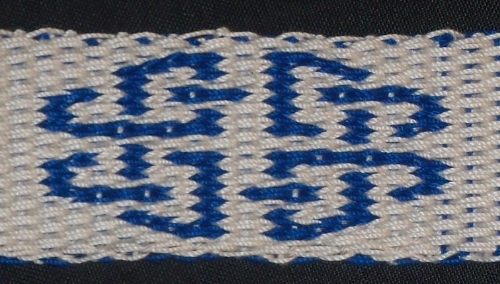 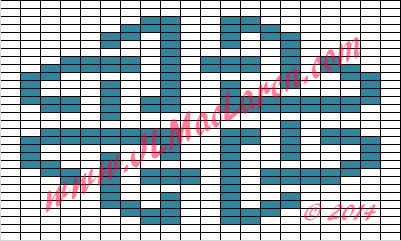  Adapted from a pattern found in Celtic Charted Designs (Dover Embroidery, Needlepoint) by Co Spinhoven  Adapted from a pattern found in Celtic Charted Designs (Dover Embroidery, Needlepoint) by Co Spinhoven
Adapted from a pattern found in Celtic Charted Designs (Dover Embroidery, Needlepoint) by Co Spinhoven Greek Inspired |


